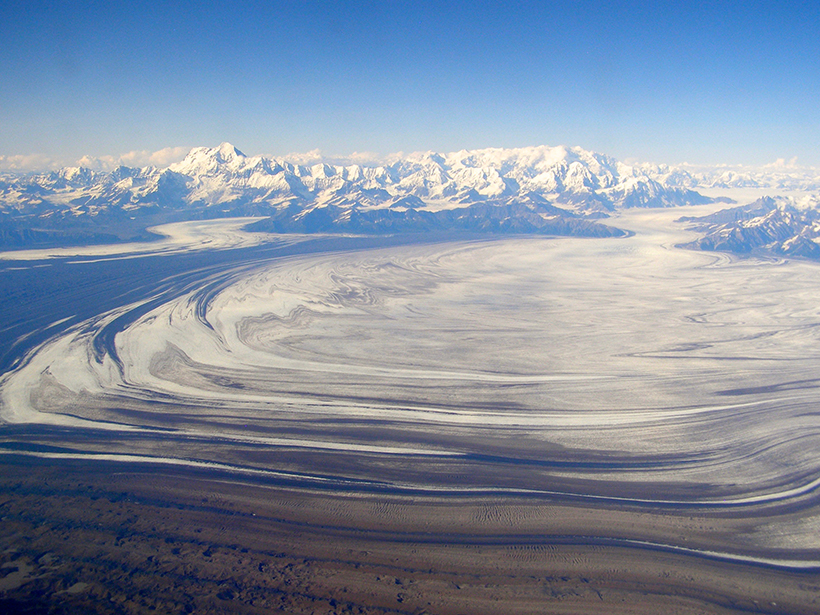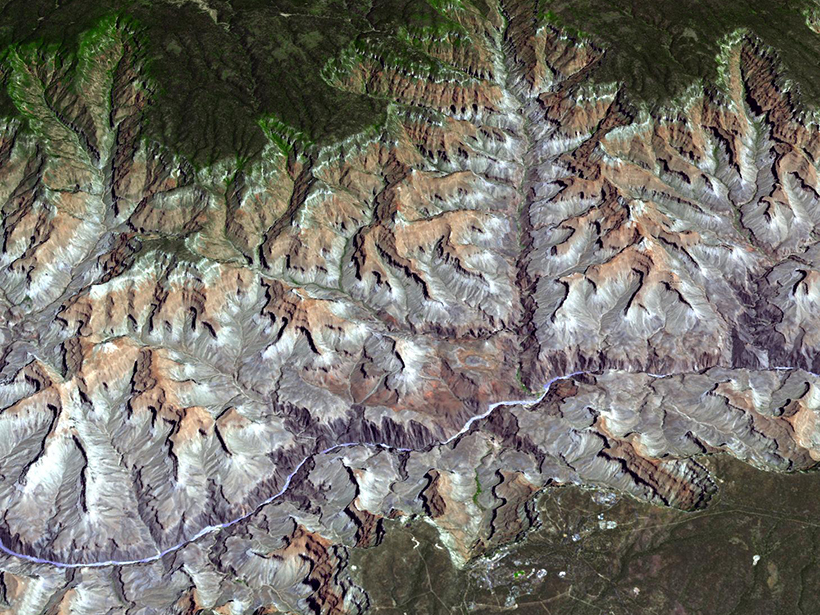Understanding the Earth Core and Nutation; Brussels, Belgium, 19–21 September 2016
CC BY-NC-ND 2017
Benefiting from Good Reviews: Part 2
Martyn Clark reflects on how his experiences of going through the peer review process as an author have influenced him as an editor.
For Magnetic Reconnection Energy, O—not X—Might Mark the Spot
A new analysis of satellite data could upend conventional wisdom about how solar storms produce their dangerous radiation—not from X-shaped mergers of magnetic field lines but from swirling vortices.
“Fingerprinting” Volcanic Tremors May Help Forecast Eruptions
Volcano seismic waves produce distinct tremor patterns, or "fingerprints," shared by different kinds of volcanoes.
Tackling Sexual Harassment in Science: A Long Road Ahead
At the National Academies of Sciences, Engineering, and Medicine last week, scientists discussed weaknesses in their fields' handling of sexual harassment and how to address shortcomings.
A Mountain Range's History Preserved in Ocean Sediments
Fission track dating core samples from the Gulf of Alaska demonstrates that offshore sediments can be used to reconstruct a mountain range's changing exhumation patterns.
Eight Ways to Get Ready for the March for Science
From sending RSVPs to quickly ordering an event T-shirt to finding out about our premarch gathering, AGU members and their families and friends can take steps now to prepare for the 22 April march.
Geosciences Make Modest Gains but Still Struggle with Diversity
A new report reveals that increasing numbers of women are studying and working in the geosciences, but the field continues to lag in attracting underrepresented groups.
Stream Network Geometry Correlates with Climate
A "big data" analysis of nearly 1 million river junctions in the contiguous United States shows that branching angles in dendritic drainages vary systematically between humid and arid regions.
High Arctic Emissions of a Strong Greenhouse Gas
Isotope data bring scientists one step closer to revealing the microbial processes behind nitrous oxide emission in the tundra.










